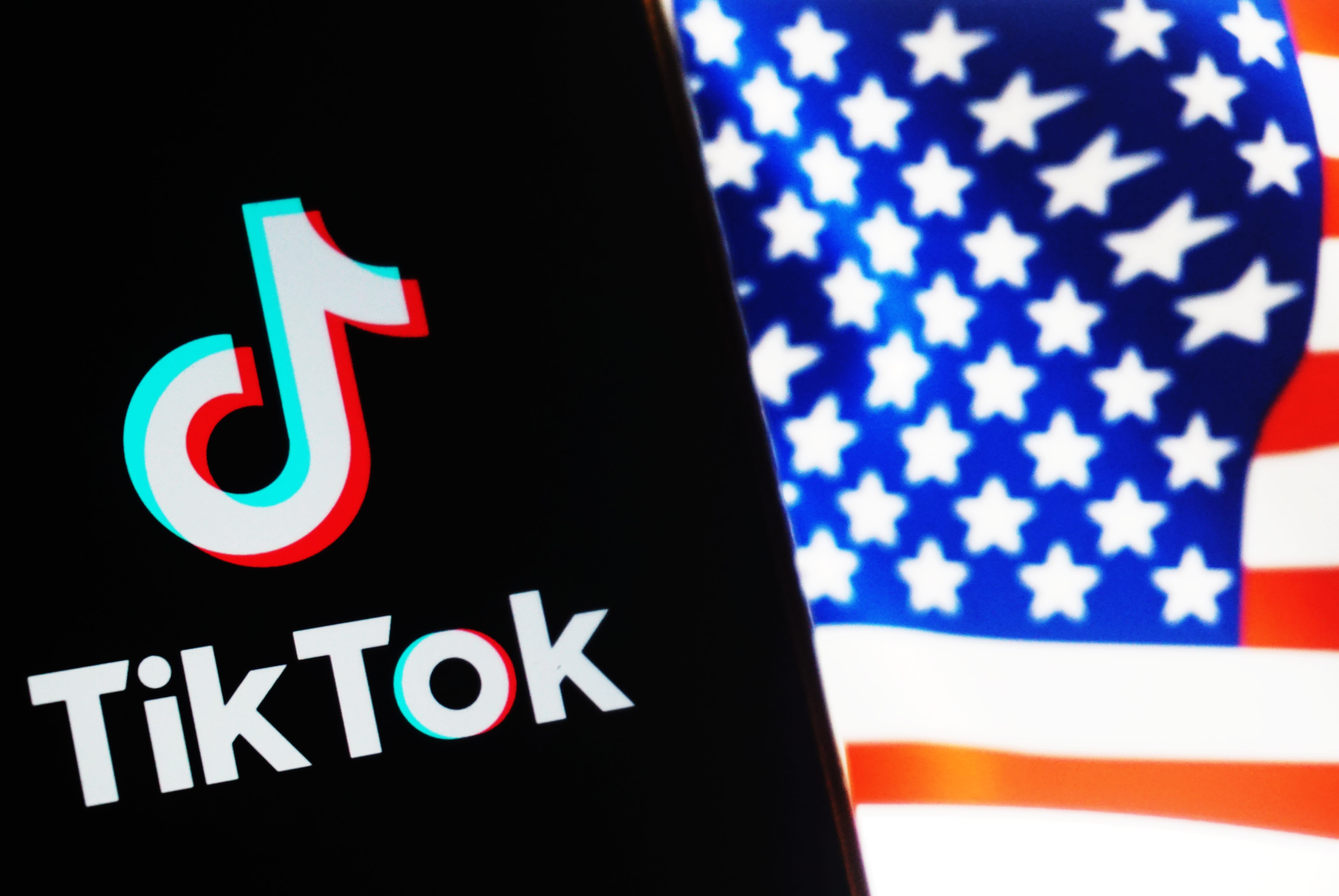Beijing (AP) – An Agreement between Iran and Saudi Arabia to restore diplomatic relations It has also catapulted China into a leading role in Middle Eastern politics – a role previously reserved for longtime global heavyweights such as the United States and Russia. This is another sign that China’s diplomatic influence is growing to match its economic footprint.
Under strongman leader Xi Jinping, Chinese diplomacy has become known for angry outbursts against the West, threats against Taiwan, aggressive moves in the South China Sea and a refusal to condemn Russia over Ukraine.
The deal reached Friday in Beijing, which agreed to reopen their embassies and exchange diplomats after seven years of tensions, shows a different side of Chinese diplomacy. Xi appears to have played a direct role in the talks by hosting the Iranian president in Beijing last month. He visited the Saudi capital Riyadh in December for meetings with oil-rich Gulf Arab states that are critical to China’s energy supplies.
The agreement was seen as a major diplomatic victory for China as the Gulf Arab states see the US as ending its involvement in the Middle East.
“I think it’s a sign that China is more confident in taking a more assertive role in the Middle East,” said Muhammad Zulfikar Rakmat, an Indonesian academic affiliated with the Washington-based Middle East Institute.
China’s economic interests are increasingly drawing it into conflicts far from its shores. It remains the largest customer for Middle Eastern energy exports, while the US has reduced demand for imports as the country moves toward energy independence.
June Teufel Dreyer, a political scientist at the University of Miami who specializes in Chinese politics, said Chinese officials have long argued that Beijing should play a more active role in the region.
Meanwhile, Dreyer said, US-Saudi frictions had “created a vacuum that Beijing was happy with.”
China has invested heavily in regional energy infrastructure. It has occasionally contributed naval ships to join anti-piracy operations off the coast of Somalia, although since the 1980s the U.S. Navy has served as the main security guarantor of the Middle East littoral.
In a statement issued on SaturdayAn unidentified spokesman for China’s foreign ministry said Beijing was “not pursuing any selfish interests”.
“China has no intention and is not seeking to fill the so-called vacuum or set up exclusive blocs,” it pointed out to the US.
At the end of the ceremonial annual session of the Legislative Assembly on Monday, President Xi Jinping said China should “actively participate in the reform and construction of the global governance system” and promote “global security efforts”.
The diplomatic victory comes as Washington sharply criticized China for failing to condemn Russia’s invasion and accusing the US and NATO of fomenting the conflict.
However, many Middle Eastern governments view China as a neutral party, with strong ties to both Saudi Arabia, China’s largest oil supplier, and Iran, which relies on China for 30% of its foreign trade, in which China has pledged to invest $400 billion. Over 25 years. Iran, which has few export markets because of sanctions over its nuclear program, sells oil to China at a substantial discount.
The deal “boosts Beijing’s ability to project itself as a constructive actor for peace, helping to fend off accusations from the West that it supports Russia’s invasion of Ukraine,” said Taipei-based analyst Amanda Seo. International Crisis Group.
“China is trying to compete with the US in foreign diplomacy, not just in its immediate neighborhood,” said Wang Lian, a professor of international relations at Beijing’s prestigious Peking University. Wang said the two countries “have confidence in China” for the successful negotiations.
In 2002, China created a special envoy for the Middle East with a focus on Israel and the Palestinian Authority. While China sells drones and other weapons to countries in the region, it does so nowhere on the scale of the United States and without political conditions.
Earlier, China moved aggressively to build ties in the South Pacific, signing Security Treaty with the Solomon Islands Chinese naval vessels and defense forces can be seen stationed in the country. The United States, Australia and other countries moved quickly to strengthen ties in the Pacific, and China’s efforts to sign similar agreements with other island nations eventually foundered.
Having secured a third five-year term in violation of the rules, Xi appears more confrontational than ever toward the West, his foreign minister warned days ago. Future “conflict and confrontation” with the United States
However, the tough-talking “wolf warrior” strain of diplomacy is mainly reserved for developed countries seen as rivals, while China has been “remarkably diplomatic” with others, Miami’s Dreyer said. China, which has largely written off the democratic West, is willing to forge closer ties with authoritarian regimes from North Korea to Nicaragua.
UN Although China is active in peacekeeping operations, Beijing’s previous third-party mediation efforts have sagged under the weight of its political baggage. A A recent Chinese proposal Ceasefire and peace talks between Russia and Ukraine have gone nowhere.
Yitzhak Shichor, a professor of political science and Asian studies at Israel University, said China’s decision to mediate between Iran and Saudi Arabia was very deliberate, as both are key to regional stability and the opportunity to “poke the finger” in Washington’s eye. A leading expert on Haifa and Beijing’s relations with the region.
It is too early to tell whether the deal will bring about lasting improvements between the two longtime adversaries. None of their fundamental contradictions seem to have been discussed.
But for Saudi Arabia, the deal could ease its quest to exit its proxy war against Iran-backed Houthi rebels in Yemen. For Iran, it could contribute to greater regional stability at a time of mounting internal troubles.
Not everyone was happy with the deal.
Under political pressure at home, Israeli Prime Minister Benjamin Netanyahu has threatened military action against Iran’s nuclear program because it is closer than ever to weapons-grade levels. Riyadh is taking a potential ally off the table to stay with Tehran.
It’s unclear what the development means for Washington, whose presence in the Middle East has dwindled amid the end of its withdrawal from Iraq and its growing energy independence.
However, the White House grumbled at the notion that the Saudi-Iran deal in Beijing suggests Chinese influence could replace the US in the Middle East. “I would strongly push back on this idea that we’re retreating in the Middle East — far from it,” National Security Council spokesman John Kirby said.
The fact that Saudi Arabia struck the deal without Washington shows that they are “trying to diversify their bets on security and not fully trust the United States.”
“The US government has two views on this; It wants the Saudis to take increased responsibility for their own security, but does not want Saudi Arabia to act independently and undermine U.S. security strategies,” Alderman wrote.










